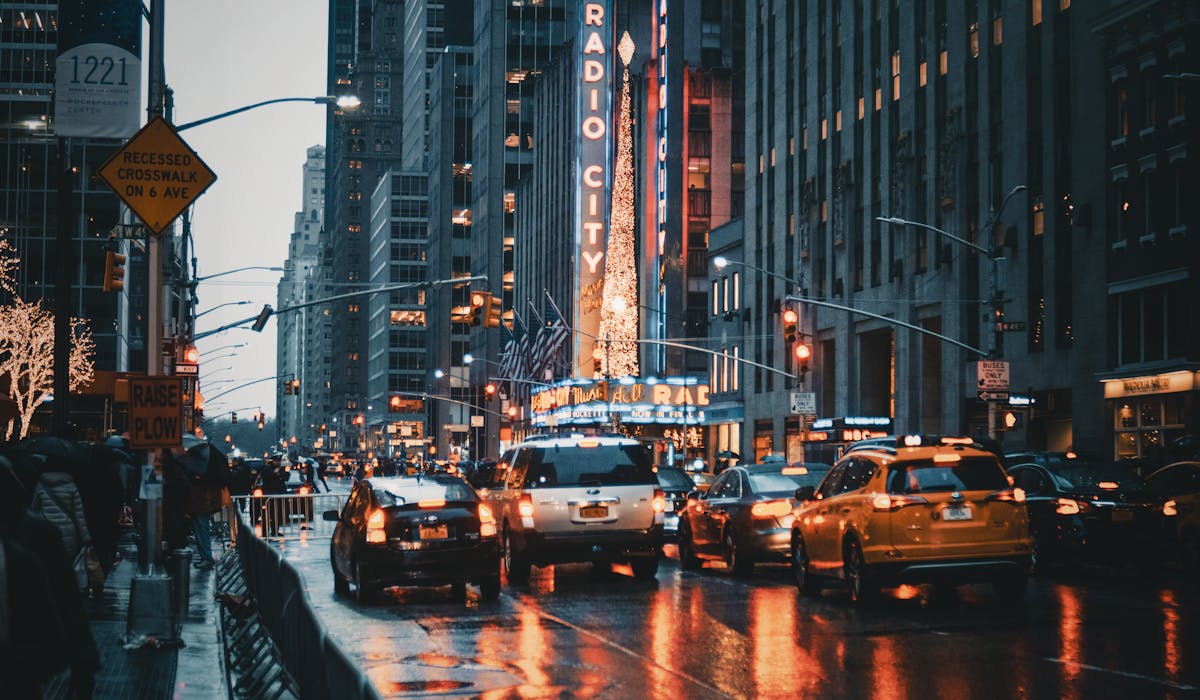The Of Framing Streets
Wiki Article
What Does Framing Streets Mean?
Table of ContentsFraming Streets Can Be Fun For AnyoneSome Known Factual Statements About Framing Streets Rumored Buzz on Framing StreetsThe Single Strategy To Use For Framing StreetsExcitement About Framing StreetsThe Ultimate Guide To Framing Streets
, generally with the objective of capturing photos at a definitive or emotional moment by mindful framework and timing. https://soundcloud.com/framingstreets1.
, that was inspired to embark on a similar documentation of New York City. As the city developed, Atget aided to advertise Parisian streets as a worthy subject for digital photography.

Framing Streets Can Be Fun For Everyone
Martin is the first tape-recorded professional photographer to do so in London with a masked video camera. Mass-Observation was a social research organisation started in 1937 which intended to tape-record day-to-day life in Britain and to record the responses of the 'man-in-the-street' to King Edward VIII's abdication in 1936 to marry divorce Wallis Simpson, and the sequence of George VI. The chief Mass-Observationists were anthropologist Tom Harrisson in Bolton and poet Charles Madge in London, and their very first record was produced as the book "May the Twelfth: Mass-Observation Day-Surveys 1937 by over 2 hundred observers" [] Window cleaner at Kottbusser Tor, Berlin, by Elsa Thiemann c. 1946 The post-war French Humanist Institution photographers discovered their topics on the road or in the diner. Between 1946 and 1957 Le Groupe des XV yearly displayed job of this kind. Andre Kertesz. Circus, Budapest, 19 May 1920 Street photography formed the significant material of two exhibits at the Museum of Modern Art (Mo, MA) in New York curated by Edward Steichen, Five French Professional Photographers: Brassai; Cartier-Bresson, Doisneau, Ronis, Izis in 1951 to 1952, and Post-war European Photography in 1953, which exported the idea of street photography globally.
The 3-Minute Rule for Framing Streets
The recording maker was 'a covert electronic camera', a 35 mm Contax hidden beneath his layer, that was 'strapped to pop over to these guys the chest and attached to a long cord strung down the best sleeve'. His job had little modern effect as due to Evans' level of sensitivities regarding the creativity of his job and the personal privacy of his subjects, it was not published up until 1966, in the book Many Are Called, with an intro created by James Agee in 1940.Helen Levitt, after that a teacher of young kids, related to Evans in 193839. She documented the temporal chalk illustrations - photography presets that were component of youngsters's road society in New York at the time, as well as the kids that made them. In July 1939, Mo, MA's new digital photography area included Levitt's job in its inaugural exhibitionRobert Frank's 1958 book,, was substantial; raw and typically out of emphasis, Frank's photos examined mainstream digital photography of the time, "challenged all the formal guidelines set by Henri Cartier-Bresson and Pedestrian Evans" and "flew in the face of the wholesome pictorialism and genuine photojournalism of American publications like LIFE and Time".
Report this wiki page